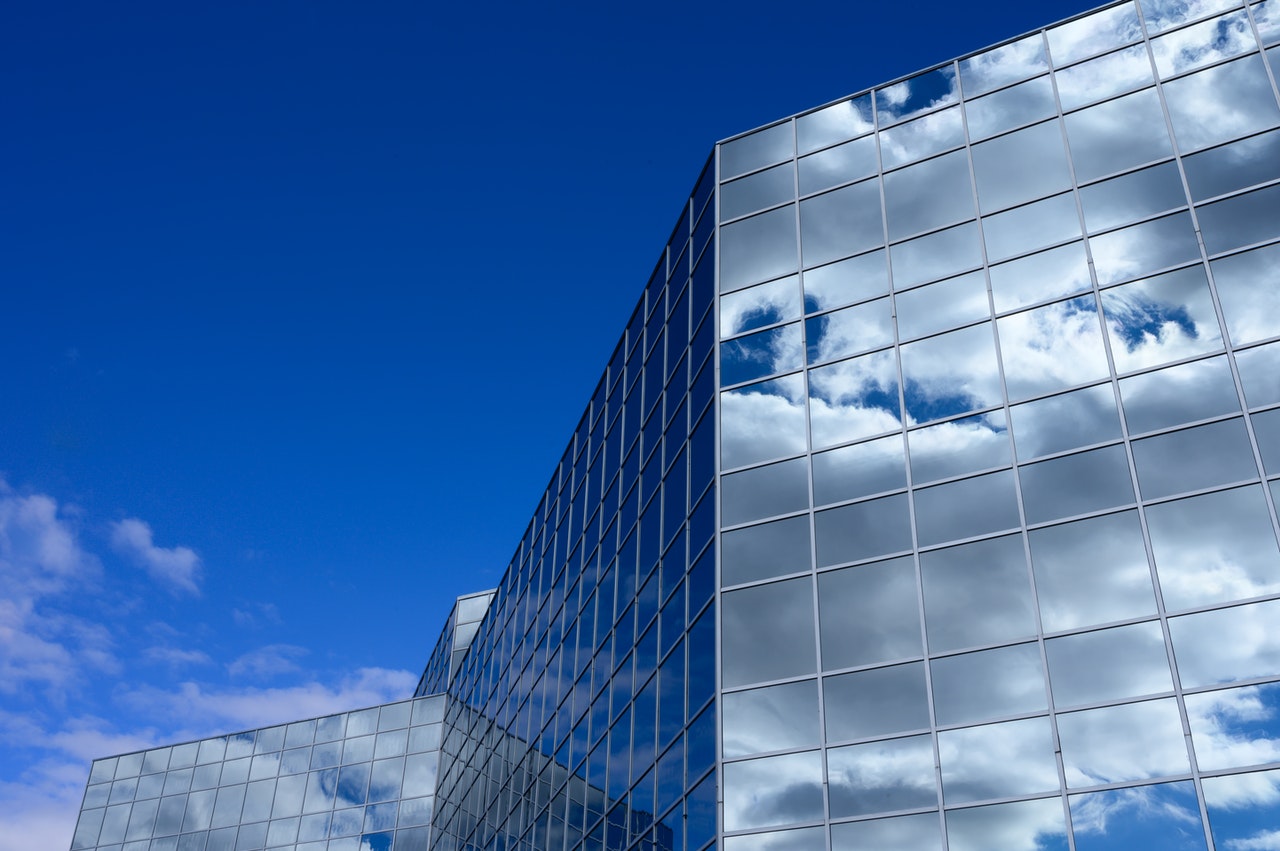
Net Zero Energy Buildings
Net-zero buildings, also known as carbon-neutral buildings, do not contribute to emissions of greenhouse gases through their construction, design, or operations. This is a good thing. As we already have hundreds of thousands of buildings erected, transitioning to “net zero” will be challenging. How do we bring the buildings already built up to par? Perhaps the best way to motivate the necessary changes may be to show how doing so will benefit a businesses’ bottom line.
Let’s delve into the fiscal benefits that make net-zero energy building more attractive.
Because buildings represent 39% of global greenhouse gas emissions, both federal and international governing agencies are coming together to enforce environmental progress. The goal is for countries to reach a climate-neutral world by 2050. The challenge is both achievable and aggressive.
Building construction is projected to double global floor space by 2060. Shockingly, a mere 3 percent of new construction is environmentally efficient. Moreover, the renovation rate for existing properties is barely 1 percent. Now that carbon neutrality is a global priority, we have work to do. There are multiple financial benefits to implementing carbon-neutral standards in properties. Here are a few to consider:
1. Energy Savings
Approximately 28% of a building’s carbon footprint is spent on operational emissions. Smart choices go beyond digital thermostats or fluorescent lighting. How much you save in energy costs can greatly impact your operational budget.
Window films have year-round benefits that reduce expenses via energy savings. Up to 99% UV reduction is common with solar window films. This can make up to 7 degrees difference in interior temperature. Moreover, energy-efficient window films can help balance a building’s solar thermal gain. Too much solar thermal gain in the summer equates to the building overheating, and an increased need for cooling. Whereas in the winter, too little solar gain increases the need for heating. Hence, the reduction in heating and cooling expenses when utilizing energy-efficient window film.
2. Carbon Taxes/ Incentives
Carbon Global accountability is on the rise. In addition to the Social Cost of Greenhouse Gases, there are numerous forms of carbon tax legislation currently floating through Congress. Simply put, “The government sets a price that emitters must pay for each ton of greenhouse gas emissions they emit.” Consequently, businesses will have to implement changes to comply with environmental standards or pay fines for transgressions.
“In 2006, the city of Boulder, Colorado, became the first U.S. city with a directly voter-approved carbon tax, and other cities are exploring the idea.” New York City recently implemented Local Law 97, outlining expectations for buildings in mass to adhere to carbon emissions. As you can see, culturally we are moving in the direction of carbon neutrality, particularly for businesses.
It’s expected that older buildings will have to make upgrades to stay in compliance. Knowing this, be proactive in acting sooner rather than later. Stay on top of government incentives and tax breaks, as well as utility companies offering discounts. Why would you spend tens of thousands on a necessary upgrade and miss out on subsidies being offered? These opportunities will help offset any monies you are forced to spend. More importantly, they won’t last forever.
3. More Marketable
Regarding commercial properties, larger cities are finding that clients leasing space expect to find buildings that are carbon neutral. Consumers want to know that they are environmentally responsible. It is becoming the norm. Thus, carbon neutrality actually increases the value of rental properties and affords the building owner leverage in the market. In contrast, if your building doesn’t have these attributes, you may end up with lower market values or even worse, empty suites.
Net Zero Energy Buildings
The Global Goal of limiting gases by 2050 will trickle down to all business building owners eventually. Here’s the thing – if we don’t make the necessary upgrades and changes now, it will cost us more in the long run.
The need for carbon-neutral buildings is evident. Making the necessary changes sooner rather than later, will ensure a more cost-effective business model long-term. This includes implementing design knowledge and utilizing the latest upgrades in plumbing, heating, and cooling systems, as well as lighting. It pays to be “smart”. Carbon neutral buildings will be a premier example of that moving forward.
For information on the benefits of sun control window film for your building(s), watch our webinar.
Photo by Brett Sayles from Pexels


